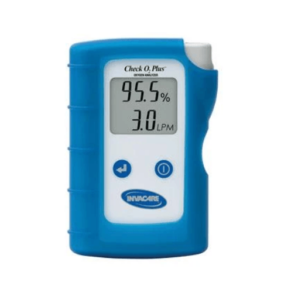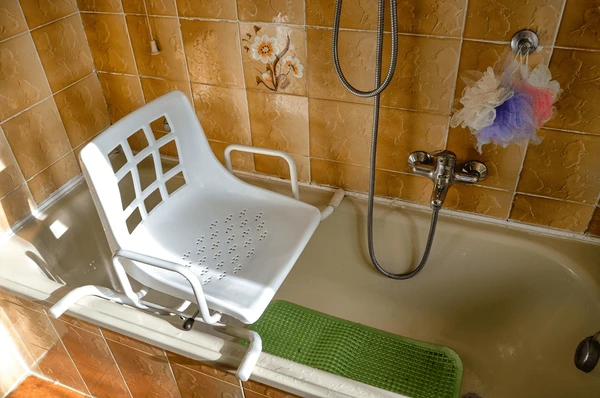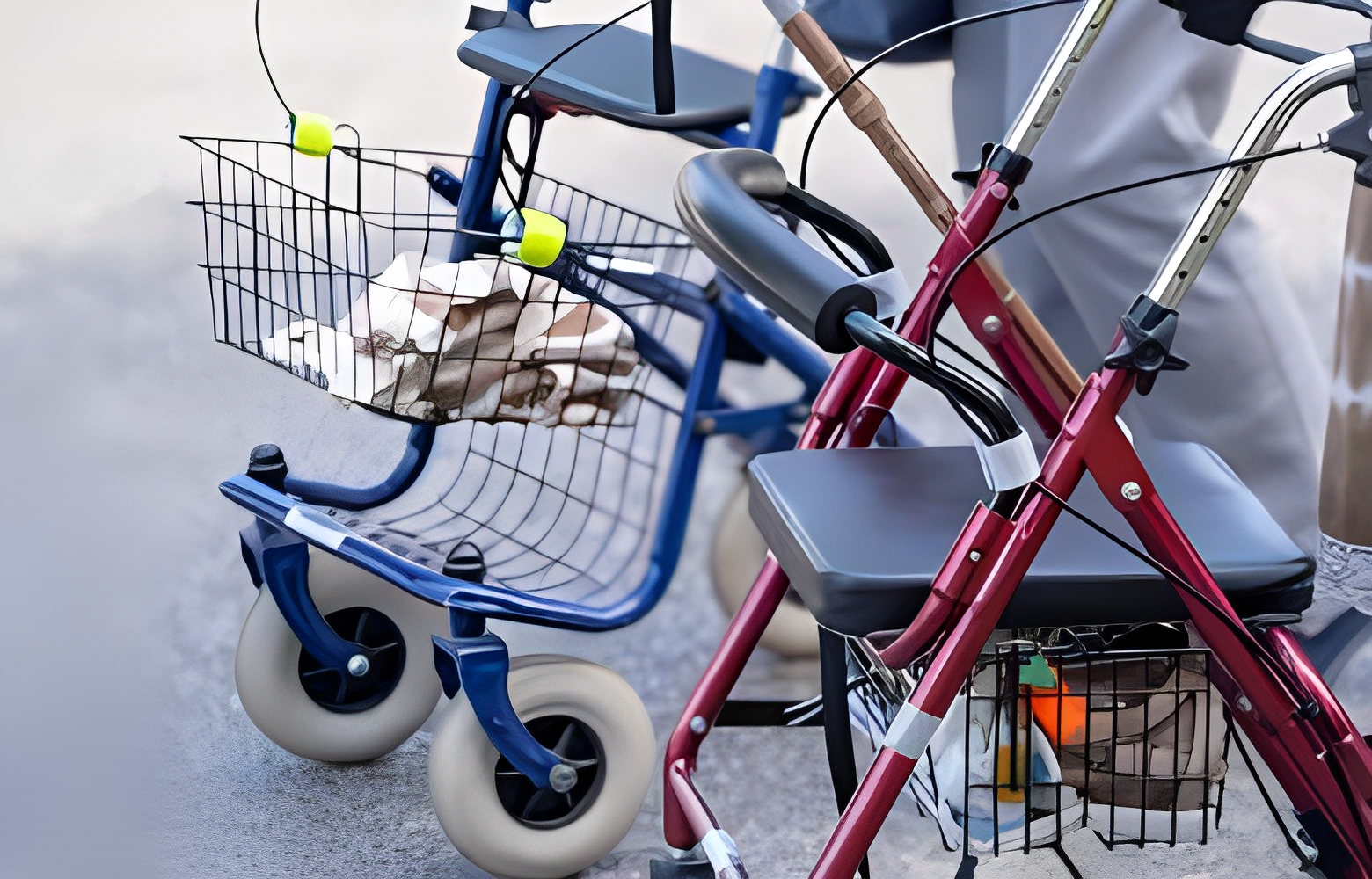2
Feb
Health Monitoring Devices and How They Make An Impact
Imagine what life must have been like for both patients and practitioners in the middle ages. According to HistoryExtra, some common medieval medical practices included removing a moderate amount of blood from the body, "magical" charms, using needles in the patients' eyes, the act of practising counterfeit medical remedies, astrology and zodiac signs of patients in relation to their illnesses, the use of a plant extract and snake flesh ointment as an antidote, and many others.
Although not all medical procedures were insufficient, none of these listed practices of medieval medicine would have been beneficial or conclusive to the patients. But without all the medical advancements we have today, there was truly very little that caregivers were able to do with what they had to work with. Even the most basic medical equipment that we have today would have been considered witchcraft in the middle ages.
There are many different types of health monitoring devices around today that enable healthcare professionals to assist in the oversight of patients' vitals and can make knowing the difference between life and death. Some of these devices include sphygmomanometers (blood pressure monitors), pulse oximeters, oxygen analyzers, glucose meters, and even those as simple as thermometers.
Sphygmomanometers typically are the inflatable arm cuffs connected to a scale to determine the patient's systolic and diastolic blood pressure. The systolic number refers to the phase when the heart pumps blood out and into the aorta. The diastolic number refers to the phase when the heart rests and refills with blood. This piece of equipment can be crucial in knowing when a patient is in great health or is crashing.
A pulse oximeter measures the amount of oxygen saturation being carried in the blood by clipping a small, painless device most commonly on the finger, but can also be used on the toes or earlobe. It also measures how many beats per minute (BPM) the heart pumps, both immensely important factors when treating patients and understanding their health status.
Oxygen analyzers, also known as O2 analyzers, are used in the medical field to monitor the oxygen concentration in a patient's breathing environment. This product is used by measuring the oxygen levels in the air a patient is breathing; the ideal level of O2 analyzers is 100.
A blood glucose meter is most commonly used for patients suffering from diabetes; this device measures the amount of glucose (sugar) in the blood. Keeping track of these fluctuations is very important for both medical personnel and patients and is easy to use. A sample of blood is usually taken from the fingertip and is then touched with a test strip that is inserted inside the glucose meter and then displays the patient's current blood sugar level.
Thermometers are common household items today but that doesn't make them any less crucial pieces of medical equipment. There are many different types of thermometers that take the body's internal temperature through a variety of routes, including under the tongue, tympanic (by ear), over the forehead, and more. Knowing a patient's body temperature is another vital that could tell the difference between health and severe sickness.
Health monitoring devices can vary from those that are used in homes and hospitals alike and others that are strictly for medical professional use. No matter the instrument, no matter the user, many of these devices can help determine when an emergency situation is at hand and help to diagnose and even treat patients.
Share:






